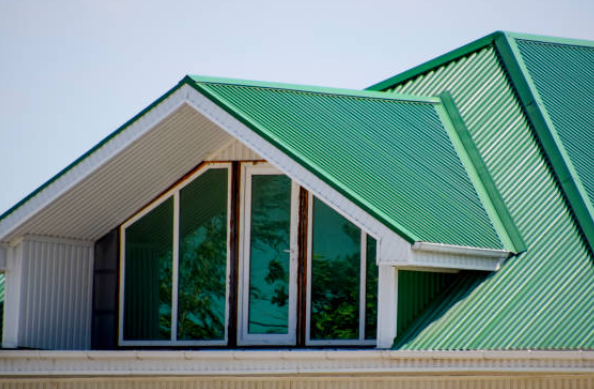
Posted on Tuesday, September 24, 2024
One solution that has proven invaluable for many is investing in in-house roll forming equipment. By producing panels directly on the job site, contractors can dramatically cut costs, reduce material waste, and speed up project timelines.
1. Speed Up Project Completion Investing in a roll forming machine allows roofing contractors to produce metal roofing panels on-site, rather than relying on pre-ordered panels from a supplier. This eliminates the time spent waiting for deliveries, which can often cause delays due to production backlogs or shipping issues. On-site production means roofing contractors have the exact materials they need when they need them, enabling quicker job turnaround times.
2. Customization at Your Fingertips With in-house roll forming, roofing contractors gain full control over the production of custom profiles, lengths, and designs. For contractors working on projects with unique specifications or last-minute design changes, this flexibility is a game-changer. No more sending special orders back to the manufacturer – adjustments can be made on-site, ensuring the project runs smoothly without any unexpected delays.
3. Significant Cost Savings One of the key advantages of in-house roll forming is the reduction in material costs. Contractors can purchase raw coils of metal at lower prices compared to pre-formed panels. Additionally, roll forming machines help reduce waste by cutting panels to the exact length needed for each job, minimizing off-cuts and excess material. Over time, these savings add up significantly, improving the contractor’s bottom line.
4. Improved Quality Control When roofing panels are produced on-site, contractors have direct oversight of the production process. This allows for immediate quality checks, ensuring every panel meets the required standards before installation. In-house production reduces the risk of receiving damaged or subpar materials from suppliers, which could otherwise delay a project or require costly reorders.
5. Mobility and Convenience Many roll forming machines are designed with portability in mind, making them easy to transport between job sites. For roofing contractors who work on various projects in different locations, having a mobile roll forming machine allows for greater convenience and versatility. Whether working on a residential home or a large commercial building, in-house panel production can be tailored to suit each project’s unique needs.
Conclusion Investing in an in-house roll forming machine offers roofing contractors significant advantages in terms of time, cost, and quality control. By taking control of panel production, contractors can speed up project timelines, reduce waste, and improve profitability. For those looking to stay ahead of the competition, in-house roll forming is a smart investment that can transform the way roofing projects are completed.
Machine matcher specialise in matching your roll forming machine requirements with the perfect new or pre owned machine.
We partner with, and represent some of the finest roll forming manufacturers in the market. For more information and a free machine quote please contact us today or view all machines.

Understanding Coil IDs, Mandrel Sizing, and Shear Pin Safety in Uncoilers
Posted on Wednesday, October 1, 2025
Mismatched sizes can lead to machine damage, downtime, and safety hazards — often evidenced by a shear pin failure.

How Coil Tensile Strength Affects Roll Forming and How to Adjust Your Machine
Posted on Wednesday, October 1, 2025
Changes in tensile strength can significantly affect the finished profile, causing misaligned bends, uneven edges, and out-of-spec parts.

Why Paint Cracks on an Embossing Line Running Pre-Painted Coil and How to Prevent It
Posted on Wednesday, October 1, 2025
This issue not only affects the visual quality of the product but can also lead to increased scrap rates and customer complaints.

The Most Popular Standing Seam Metal Roof Panels in the U.S. — A Comprehensive Guide
Posted on Monday, September 29, 2025
In this post, we’ll explore what panel styles and sizes are most popular in the U.S